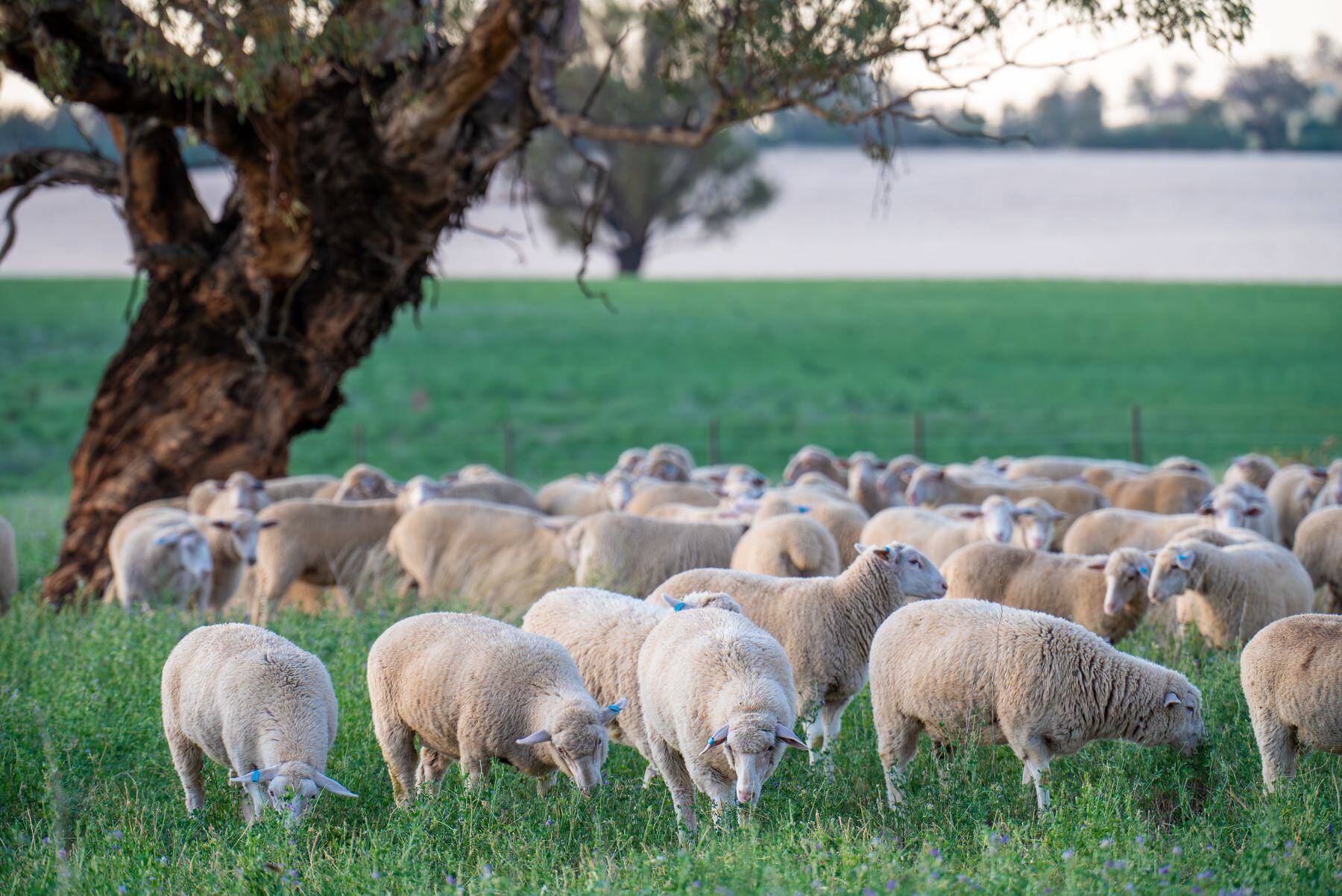The Australian Beef Market in 2025: An Absolute Cracker
In this column in July, the StoneX H2 2025 Australian Cattle & Beef Market Outlook’s bold calls were analysed and assessed for what the final 6...

New research has shown there is no significant impact on ewe and lamb survival from grazing oats rather than pastures.
Senior Research Fellow with the Gulbali Institute for Agriculture, Water and Environment and Senior Lecturer in Ruminant Production with the Charles Sturt University (CSU) School of Agricultural, Environmental and Veterinary Sciences in Wagga Wagga Dr Susan Robertson conducted the research with Honours student Walter Morton.
The aim of the research was to compare pasture types in late pregnancy for impacts on lamb survival and involved comparing grazing oats or cereals with lucerne pasture during late pregnancy and lambing.
Grazing cereals can be used in autumn and winter for lambing ewes, but some producers avoid grazing pregnant ewes on wheat, oats and barley due to concern about increased rates of lambing difficulty and ewe and lamb mortality.
This is because the grazing cereals are deficient in calcium and magnesium. Supplementation with these minerals is recommended when grazing pregnant/lactating ewes to minimise the risk of diseases.
The research team conducted the study to compare lamb survival from lucerne-based pasture and forage oats. All ewes were also offered calcium and magnesium supplements. Lamb survival was recorded at the end of the lambing period.
Ewe mortality was low and the rate of ewe assistance at lambing was low, not increased by oats.
No metabolic disease was observed, and blood samples did not detect any deficiencies of magnesium or calcium.
Lamb survival was similar for ewes grazing lucerne (84%) or oats (79%), however, lamb survival reduced for ewes grazing oats only during lambing (71%), associated with greater loss in condition over lambing.
Lambs grazing on oats weighed two kilograms lower than lambs grazing lucerne at marking.
Dr Robertson and Mr Morton concluded that, when supplemented with calcium, magnesium and sodium, cereal oats can be grazed by late pregnant and lambing ewes without a higher risk to survival.
Dr Robertson said some of the results from the study were surprising.
She thought that grazing oats throughout late pregnancy might lead to greater weight gain in ewes and high lamb birthweights, but this was not the case. She said there were a few other unexpected outcomes too.
“The lower survival of lambs when ewes moved from legumes to oats for lambing was unexpected,” she said.
“It was probably due to greater nutritional restriction, but further studies are needed to assess whether this is a random result, or whether it occurs consistently.
“I also wasn’t expecting the lower weight gain from lambs grazing oats, but this may have been due to more limited intake or that in August oats was becoming stemmy. If lambing had been earlier when oats are higher quality, this may not have occurred.”
Mr Morton said completing this study was an extremely “informative and valuable experience” that has equipped him with unique skills to launch his career in agriculture.
“Learning how to identify a gap in knowledge and then how to begin addressing that gap is a skill that is undoubtedly converted in the agriculture industry,” he said.
“Developing the ability to synthesise raw data to convey the meaning behind it succinctly and plainly was also an extremely valuable experience for me.”
Dr Robertson said the surprising results and lack of other published studies has inspired the team to repeat the study to better understand the response and improve information for producers.
.jpg)
In this column in July, the StoneX H2 2025 Australian Cattle & Beef Market Outlook’s bold calls were analysed and assessed for what the final 6...
.png)
Each December we save the last article of the year for a bit of a crystal ball gaze, as we try to bring together market fundamentals and work out...
.png)
Australia’s wool market posted another strong performance this week, with all micron categories attracting solid support across the three selling...